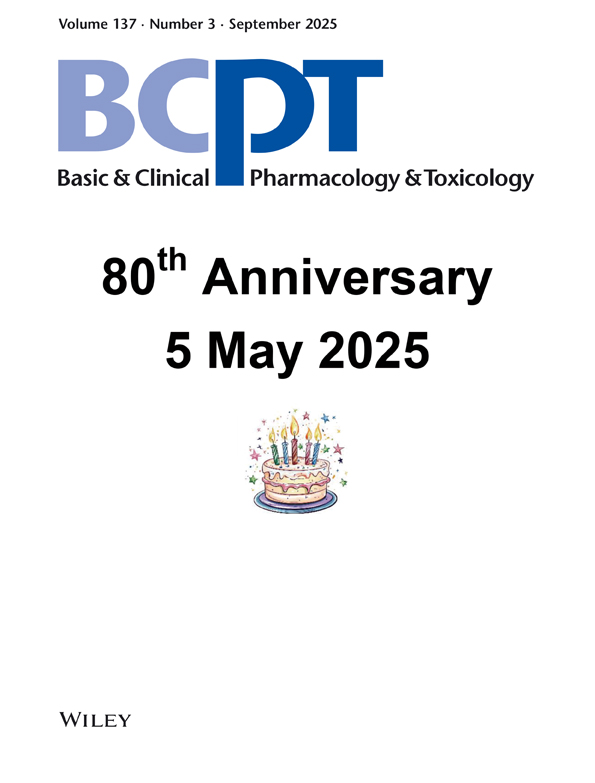Antidiabetogenic Effect of Fusidic Acid in Diabetes Prone BB Rats: A Sex-Dependent Organ Accumulation of the Drug is Seen
Abstract
Abstract: Fusidic acid and its sodium salt (fusidin) are widely used antistaphylococcal drugs which possesses immunomodulatory properties. This prompted us to investigate whether high concentrations of fusidin could lower the diabetes incidence in diabetes-prone BB (BioBreeding) rats. As fusidin has previously been claimed to be poorly absorbed in rats after oral administration we wanted to measure the activity of the drug in various organs. Three groups of BB rats were used: 63 rats received fusidin dissolved in drinking water; 65 rats received chow containing fusidin; and 72 rats served as controls. The content of fusidin in the organs were examined microbiologically. The incidence of diabetes was significantly lower in the two fusidin-treated groups compared to the control group. The incidence was lower for male than for female rats in both experimental groups while no gender difference was seen in the control group. The female rats had a substantially higher content of fusidin in their organs than the males regardless of the administration way and regardless of diabetes outbreak or not. Interestingly, the fusidin treated non-diabetic rats displayed a lower random blood glucose level than the controls. In conclusion, fusidin is well absorbed after oral administration and it significantly reduces the diabetes incidence in BB rats. Fusidin accumulates substantially more in female rats which may be due to the steroid structure of fusidin. Whether the same phenomenon takes place in human beings is not known.




